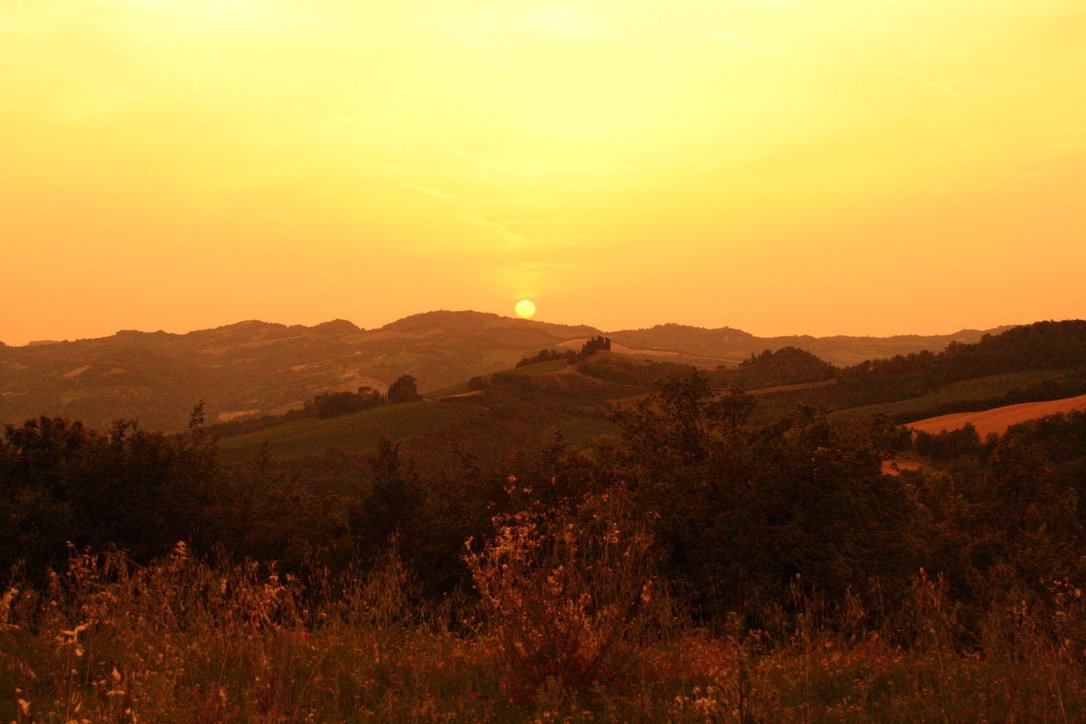
What is Shamanism
Shamanism is the oldest religion, the oldest science, the oldest art
About Shamanism
There is more in the world than what we can see, smell, taste, or touch. Over millennia, humans have explored systems of trial and error everywhere around the world to connect with the mystical aspects of life itself. At the same time, and across the whole world, humans came up with very similar methods to understand and make sense of the mystery of life by using parts of their bodies other than their physical senses or their brains. All these methods today are described by the umbrella term “shamanism”.
While Shaman is a word from Siberia (literally meaning a person who sees in the dark), traces of indigenous shamanic practices are found (and, to this day, are still ongoing) literally everywhere. Shamanic traditions exists, for instance, in Asia (India, Tibet, China, Russia, Republic of Georgia, Vietnam), Europe (Italy, Spain, the UK), Africa (especially but not exclusively West Africa: Benin, Senegal, Togo, Cameroon, Nigeria) and the Americas (Brazil, Argentina, Peru, Ecuador, Mexico, Canada, the USA), just to cite a few examples.
All these traditions have three things in common: 1) they all believe in the existence and accessibility of a non-ordinary invisible world; 2) they all believe that this invisible world is inhabited by beings (spirits, divinities, saints, gods, etc) that can help and guide humans; 3) they all believe that this world is accessible through the use of music-induced trance-like states (Very frequently using the drums).
While the technologies humans discovered are very helpful to engage with what happens in the ordinary life of ourselves, that is to heal body and mind, only few follow deep practices to heal and engage with the spiritual part of our being. Shamanism offers a way to investigate and facilitate healing of the soul. It is a set of practices as old as human themselves, which work in mystical and frequently surprising ways - also to the practitioner.
